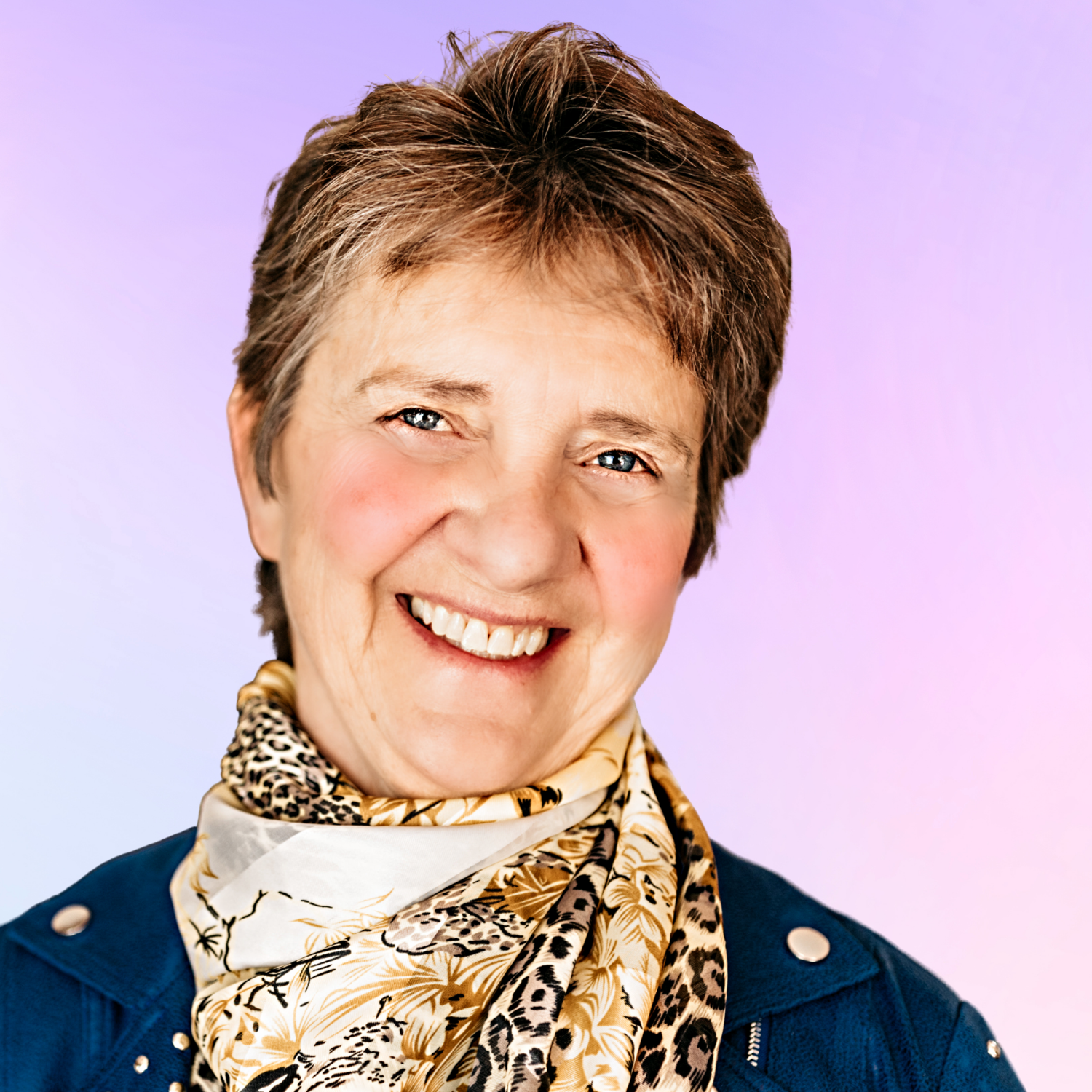
“When we speak we are afraid our words will not be heard or welcomed. But when we are silent, we are still afraid. So it is better to speak.”
Audre Lorde
I recently read a fantastic book written by Kristin Hannah called The Nightingale. Her inspiration for telling this story was based on the invisibility of female heroines who risked their lives and their children’s lives to resist and fight the Nazis when they invaded France during the Second World War. One woman hid children at an orphanage, changing their names and their parents’ names while forging their papers to keep them from being herded onto trucks and train compartments along with their parents.
Another woman (her sister) at the age of 19 was helping British and American Pilots whose planes were shot down to find their way to Spain by foot via the Pyrenees Mountains. Had they been discovered by the Nazis, they would have been executed.
What I find particularly telling about this story is that no one thought for a moment that “the Nightingale” could be a 19-year-old girl, so she flew under the Nazi radar for a very long time. A riveting story that acknowledges, recognizes, and ultimately celebrates these heroines.
Women Are Invisible Heroines
When we look at history, and even today, women are largely invisible in taking credit for their work and achievements. Recently I was trying to find information on female Canadian Philanthropists for a presentation, and information was difficult to find.
The theme for International Women’s Day in 2022 is #breakthebias, so this year, I’ve decided to identify and celebrate these women and their achievements and inspire others to do the same.
Canadian women philanthropists deserve to be celebrated, and their stories deserve to be told. When we understand what they were passionate about, who inspired them, and the legacy and impact they have had in Canada, we can break through the barriers of invisibility, #breakthebias, and go even further to imagine how we, too, can make a difference in our world.
The Heroine With 1001 Faces

The Heroine with 1,001 Faces is a book written by Maria Tatar, a professor at Harvard University. In it, she “dismantles the cult of heroism at the heart of our collective cultural imagination.” She “explores how heroines, rarely wielding a sword and often deprived of a pen, have flown beneath the radar even as they have been bent on redemptive missions.”
Flying beneath the radar seems to be a common theme for female heroines and philanthropists. As I was researching this topic, I found it fascinating to think back to when I taught Feminist Counselling and the Psychology of Women at St. Lawrence College in Kingston, how so much negative interpretation has been placed on women’s and girl’s behaviour, for example, our curiosity.
Even though we know that curiosity, according to Brene Brown, “is recognizing a gap in our knowledge about something that interests us, and becoming emotionally and cognitively invested in closing that gap through exploration and learning,” curiosity still isn’t recognized as a strength rather than a weakness.
According to Carol Gilligan’s extensive research on girls’ curiosity, asking questions to explore viable options to an ethical dilemma was, in the past, interpreted as “indecisive,” rather than seeing it as a holistic and positive approach to exploring possibilities. Curiosity can help find a solution with minimal negative impact and maximum positive impact.
In The Heroine with 1001 Faces, Tatar demonstrates how our new heroines wear their curiosity as a badge of honor rather than a mark of shame and how their ‘mischief-making’ evidences compassion and concern.
So let’s explore our curious, mischief-making, and inspiring Canadian women philanthropists who have dedicated their lives to making their communities better and inspired others to do the same.
3 Canadian Women Philanthropists To Celebrate
Louisa Goddard Frothingham (1827- 1910)

Louisa was very young, only 18 years old when she started addressing the needs of children who had no parents, otherwise known as orphans. She was instrumental in sheltering and clothing 1000 children in the 19th Century – the impact she had was based on the fact that she loved children. Unfortunately, three of her brothers and one sister died in infancy. We can only imagine what impact that must have had on her life and the decisions she made about how best to support other children.
She also went on to make contributions to higher education for women as she, no doubt, recognized the importance of education. In addition, she made significant contributions to social-service causes, medical services and education in Montreal.
What inspired me the most as I read about her life and how she wanted to make a difference in the world was how she kept identifying the gaps in support for homeless and parentless children and then created something that didn’t exist in her time, forging ahead with solutions that changed the lives of so many children.
Rosemary Brown (1930-2003)

Rosemary Brown has a commemorative stamp created in her honour to recognize her leadership in Canadian politics and the many initiatives she took to address sexism within our political system and society.
Rosemary was the first Black woman elected as a provincial legislature member in Canada, serving in the British Columbia legislature for the New Democratic Party from 1972 to 1986.
She was also the first woman in Canada to run for the leadership of a Canadian federal political party, a breakthrough that inspired many women to run for political office. In addition, she was instrumental in introducing legislation that prohibited discrimination based on sex or marital status. She was also a founding mother of The Canadian Women’s Foundation and CEO of Philanthropic Foundations of Canada.
Nancy Ruth (see below) and Rosemary Brown agreed that there needed to be a way for women to target charitable giving toward helping other women and advancing gender equality. According to the Canadian Women’s Foundation website that names both Rosemary Brown and Nancy Ruth as “trailblazers” – “they knew social change could be advanced by giving grants to grassroots community organizations”. Social change included finding solutions to questions like:
What would it take to bring about gender equality in Canada?
What would it take to stop family violence and violence against women?
What would it take to move women out of poverty?
What would it take for women and girls to fully embrace their power?
These questions were being posed and discussed in 1986 and resulted in the creation of a platform to advance women’s philanthropy.
Imagine the possibilities created when questions are being asked, discussed, and collective solutions are found so that we can forge ahead with impactful energy and outlook.
Nancy Ruth (1942 – )

I admire Nancy Ruth’s vision for the future and her catalytic role, which just keeps on going. She’s just turned 80! Nancy has been described as unconventional and “a remarkable woman who uses her privilege to support social change and the battle to better women’s lives in Canada” according to Ramona Lumpkin who wrote a book about her titled The Unconventional Nancy Ruth.
Nancy Ruth was a “trailblazer” in that not only was she one of the Founding members of the Canadian Women’s Foundation, but one of her many mischief-making endeavors included donating $50,000 in 1980 to endow a doctoral scholarship in feminist theology at the Toronto School of Theology.
This donation was sufficient to generate approximately $5,000 for an annual scholarship, and here’ s the key point, it was made to a school that had no feminist theology courses at the time. Her donation forced the school into providing its first program of feminist theological study.
Who inspired Nancy Ruth? Well, her mother, of course. She saw her mother’s will as a model of generosity to women. Nancy sums it up beautifully; “What I adored is that mother gave to the poor and not the rich, both within her family and generally.”
Her support for women was abundantly clear; for example, from her estate of approximately $4.5 million, Nancy’s mother Mary left an unrestricted $2.5 million for the Community Foundation for Greater Toronto, the largest donation from a woman in its history. She also gave generously to the YWCA and the libraries she founded.
For Nancy, her own support for women will remain undiminished, and her impact will include enriching the lives of women and girls she’s unlikely to know. “I have no children,” says Nancy. “My projects are, to some extent, my children. My legacy.”
Nancy Ruth’s most recent project, which I wholeheartedly applaud, is to tell the stories of women from women’s perspectives and a woman’s viewpoint, including historical events and war.
Gratitude, Philanthropy, and Reciprocity
Lately, we’ve been putting a lot of emphasis on gratitude in our lives especially in the midst of this pandemic. Gratitude is good for us physically, emotionally and mentally.
According to Robin Wall Kimmerer’s stunning book titled: Braiding Sweetgrass: Indigenous Wisdom, Scientific Knowledge, and the Teaching of Plants her hope is that we can now go beyond cultures of gratitude, to once again become cultures of reciprocity.
Reciprocity includes the “more-than-human world” (by that she means plants and animals). She suggests we can do that through gratitude, ceremony, land stewardship, science, art, and everyday acts of practical reverence.
This is precisely what so many women are already doing and have done in alignment with our values. This includes our business practices, how we spend, earn, invest and donate our money.
Sharing Stories Makes The Invisible, Visible

I especially loved it when Kimmerer shared that her father had once said to her, “good communities don’t make themselves..we all have to do our part to keep them going.”
In many ways, this is the essence of why we give to our favorite charities and why we want to positively impact our communities, supporting the charities who are best positioned to do this work.
One way to do this, and to inspire others, is to share their stories. In our work with and in support of charities, we do this by addressing gaps in services, assisting those who have fewer opportunities than we do, addressing our privileges by sharing our resources with others, and telling stories that need to be told.
We will continue to write, hear and share other women’s stories. Stories that inspire us, stories that help us understand how women were motivated and inspired, stories that tell how women have given their time, energy and money to their favorite charities or causes.
Our lives are our stories, and they deserve to be told and celebrated.
In reading this today, I hope you are inspired to share your story and live a life that fuels your legacy, your passions, and makes an impact on the lives of others, their communities, and the world.






0 Comments